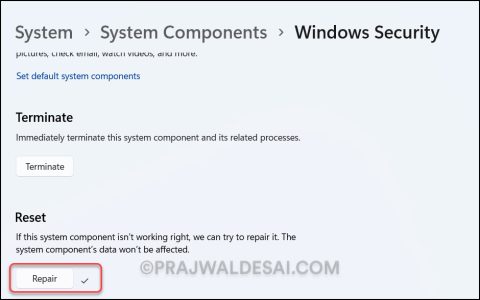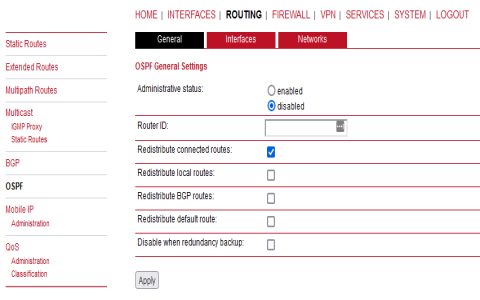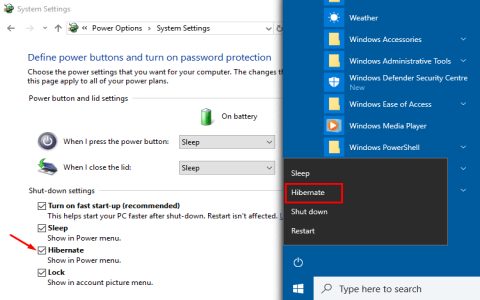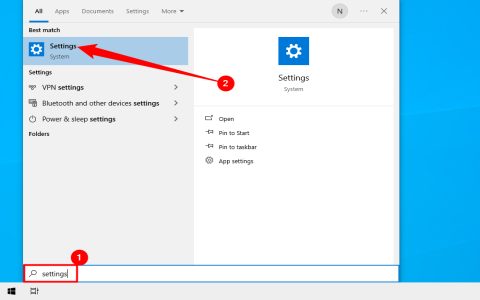When selecting power protection devices, understanding functional differences between UPS and standard surge protectors is critical. Both defend against voltage spikes but serve distinct purposes.
Core Functionality Comparison
- Standard Surge Protector: Passively absorbs transient voltage spikes (surges) and diverts excess energy to ground. Offers no protection against power outages or sustained sags/brownouts.
- UPS (Uninterruptible Power Supply): Actively provides battery backup during outages/sags, delivering continuous, regulated power. Also incorporates high-quality surge suppression.
Critical Technical Differences
- Battery Backup: UPS systems include rechargeable batteries providing critical minutes of runtime for safe shutdown or transition to generators. Surge protectors lack batteries entirely.
- Power Conditioning: Most UPS units offer Automatic Voltage Regulation (AVR), correcting under-voltage (brownouts) and over-voltage conditions without using battery power. Surge protectors do not condition voltage.
- Runtime: UPS provides limited runtime (minutes to hours, device-dependent). Surge protectors offer zero runtime during total outages.
- Surge Protection Performance: While both suppress surges, UPS units typically feature higher-end components with superior clamping voltages and energy absorption ratings (measured in joules).
- Output Waveform: Higher-end UPS systems produce pure sine wave output, crucial for sensitive electronics. Surge protectors merely pass the utility waveform.
Protection Scope
- Surge Protector: Primarily safeguards against short-duration electrical surges (e.g., lightning strikes, grid switching).
- UPS: Protects against surges plus power outages, brownouts, blackouts, voltage sags, frequency variations, and line noise.
Typical Applications
- Standard Surge Protector: Protecting non-critical devices like lamps, chargers, basic appliances where momentary outages are tolerable.
- UPS: Essential for critical systems demanding uptime: computers (preventing data loss/work interruption), servers, network hardware, sensitive electronics, medical devices, point-of-sale systems.
Choose a surge protector for basic surge defense on non-essential devices. Opt for a UPS when safeguarding equipment requires protection from both surges and the consequences of power interruption.











